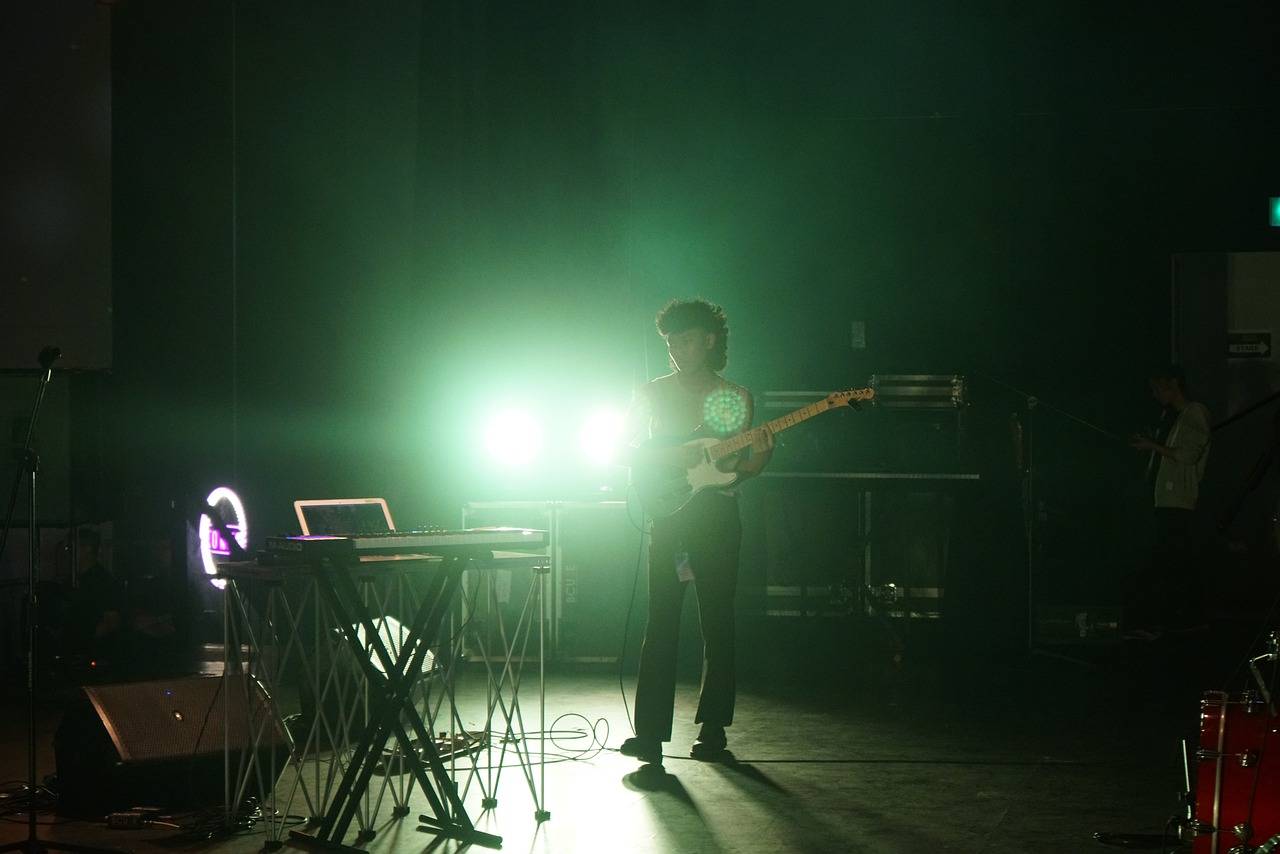The Future of CGI Influencers: Virtual Celebrities and Digital Avatars
CGI influencers are virtual personas created using computer-generated imagery. These digital entities are designed to mimic real-life influencers, possessing unique personalities and appearances. With the advancement of technology, CGI influencers have been seamlessly integrated into the world of social media, blurring the lines between reality and virtuality.
These CGI influencers are often used by brands for marketing purposes, promoting products and services to their followers. Despite not being flesh-and-blood individuals, CGI influencers have amassed a significant following on various social media platforms, engaging with audiences and influencing consumer behavior. Their rise signifies a shift in the way we perceive and interact with influencers in the digital age.
The rise of virtual celebrities
In recent years, a new phenomenon has emerged in the realm of social media – the rise of virtual celebrities. These virtual influencers are computer-generated characters that have been designed to look and act like real human beings. With the help of advanced technology and creative minds, these CGI personalities have been brought to life on platforms such as Instagram and TikTok, amassing large followings and attracting brand partnerships.
What sets CGI influencers apart from traditional human celebrities is their ability to be constantly online and accessible to their audience. These virtual celebrities do not require breaks, vacations, or sleep, allowing them to engage with their followers 24/7. Their digital existence blurs the lines between reality and fiction, captivating users with their flawless appearances and curated lifestyles. As they continue to gain popularity and influence on social media, the concept of virtual celebrities raises questions about the future of fame and authenticity in the digital age.
• Virtual influencers are computer-generated characters designed to look and act like real human beings
• They have amassed large followings on platforms such as Instagram and TikTok
• CGI influencers can be constantly online and accessible, engaging with their followers 24/7
• Their digital existence blurs the lines between reality and fiction, captivating users with their flawless appearances and curated lifestyles
• The rise of virtual celebrities raises questions about the future of fame and authenticity in the digital age
The impact of CGI influencers on social media
In the realm of social media, CGI influencers have been making a significant splash. These digitally created personas are captivating audiences with their flawless appearance and curated lifestyles. Their influence on social media platforms is undeniable, attracting a vast following of users eager to engage with their content.
As CGI influencers continue to gain popularity, brands are increasingly turning to these virtual celebrities for collaborations and endorsements. Their fabricated yet relatable personas offer a fresh and captivating approach to influencer marketing. With their ability to seamlessly blend into the digital landscape, CGI influencers are reshaping the social media landscape and challenging traditional notions of celebrity influence.
What are CGI influencers?
CGI influencers are computer-generated characters that are created using computer graphics to resemble human beings. These virtual influencers are able to interact with users on social media platforms just like real human influencers.
How are CGI influencers different from real human influencers?
CGI influencers are not actual human beings, but rather digital creations. They are able to promote brands, products, and services on social media, just like real human influencers, but they do not have real thoughts, feelings, or experiences.
What is the impact of CGI influencers on social media?
CGI influencers have the potential to reach a wider audience and engage with users in a unique and innovative way. They can provide a fresh perspective on marketing and branding strategies, and they can offer a new form of entertainment for social media users. However, some critics argue that CGI influencers may contribute to the further blurring of the line between reality and fantasy on social media.





